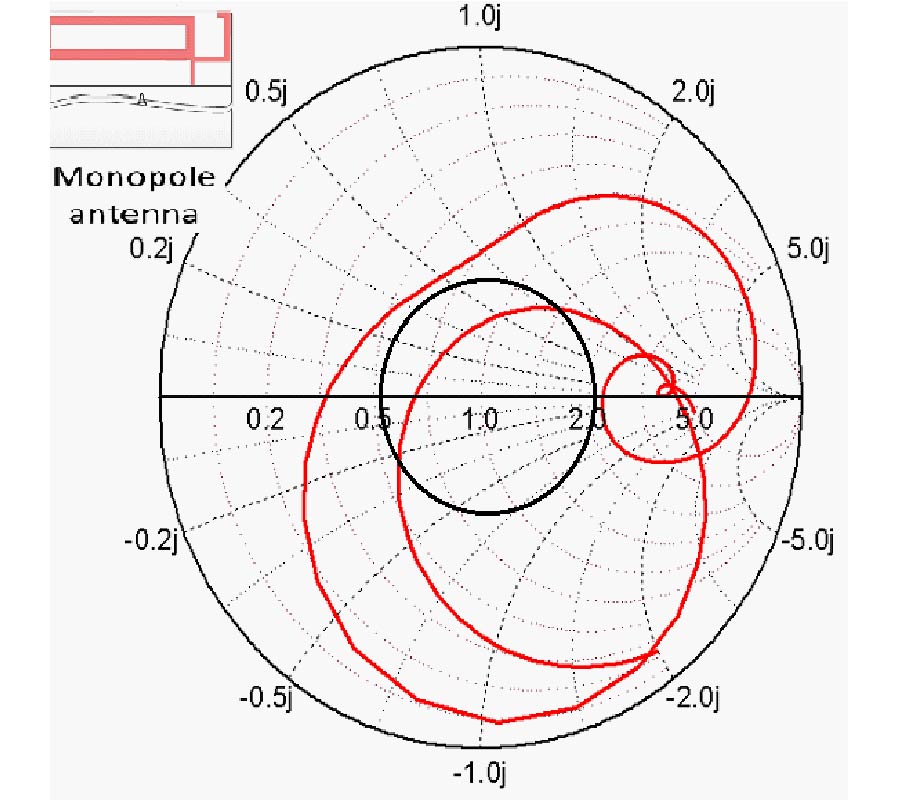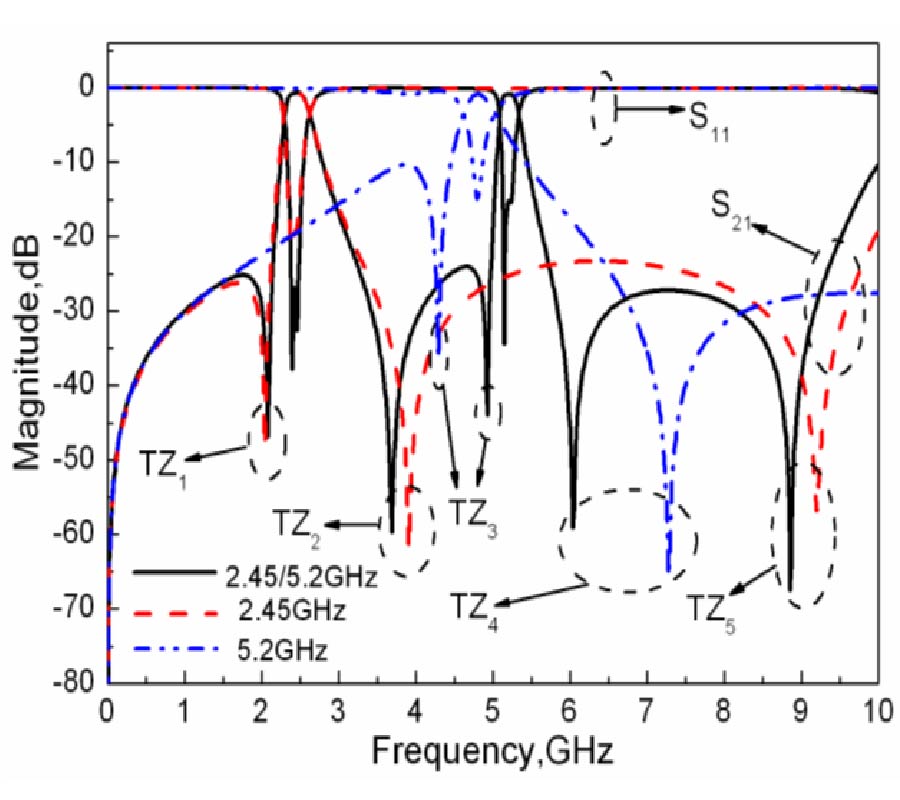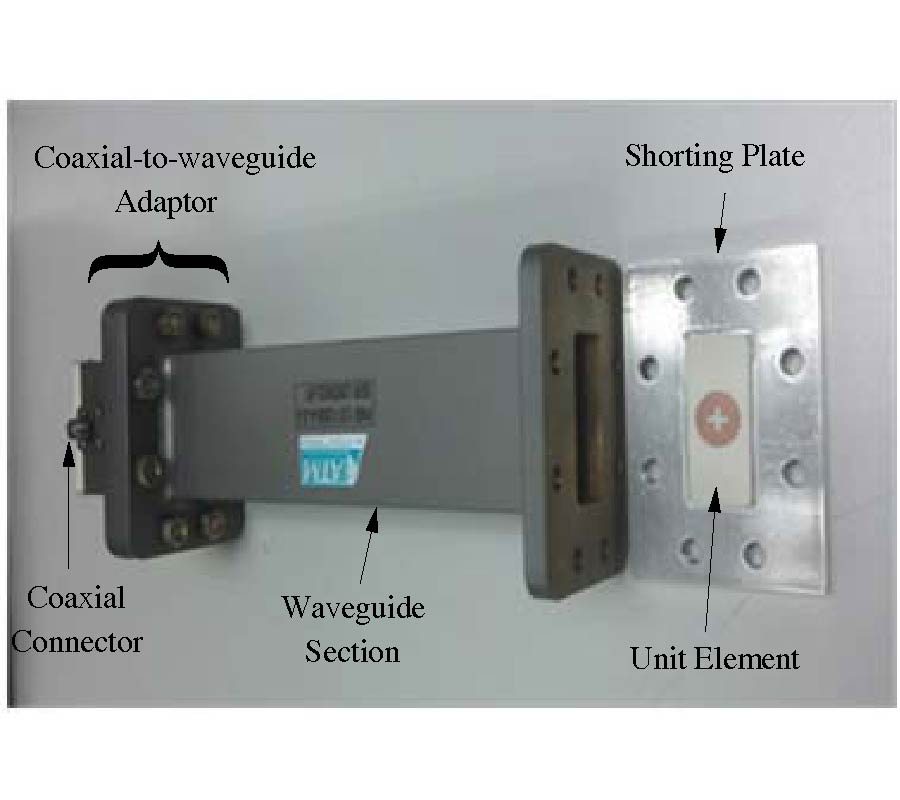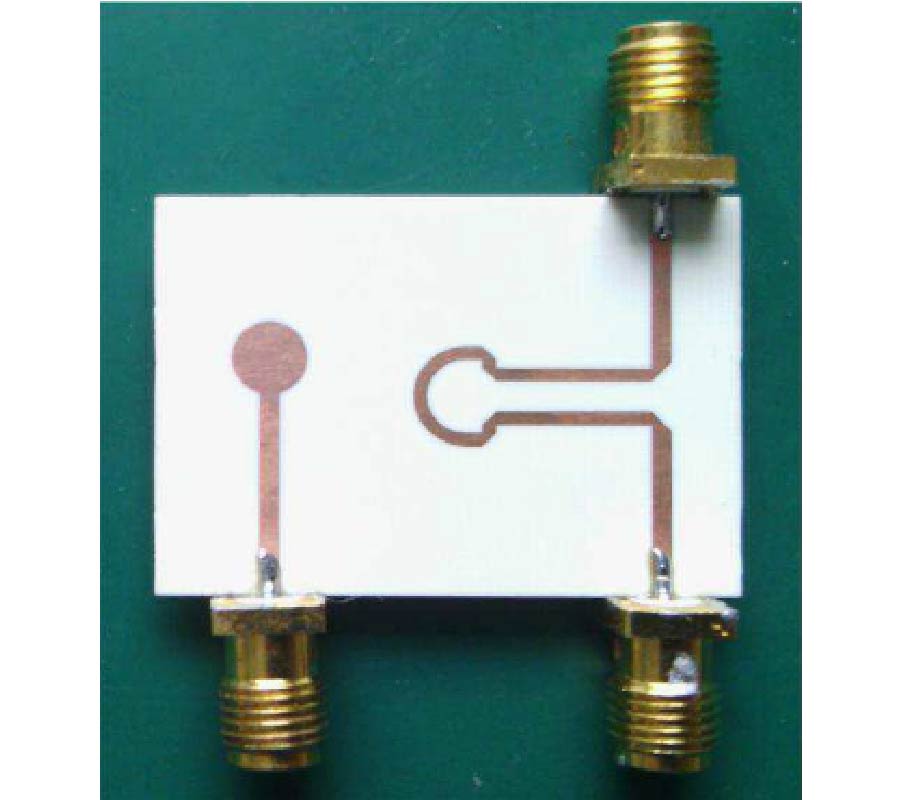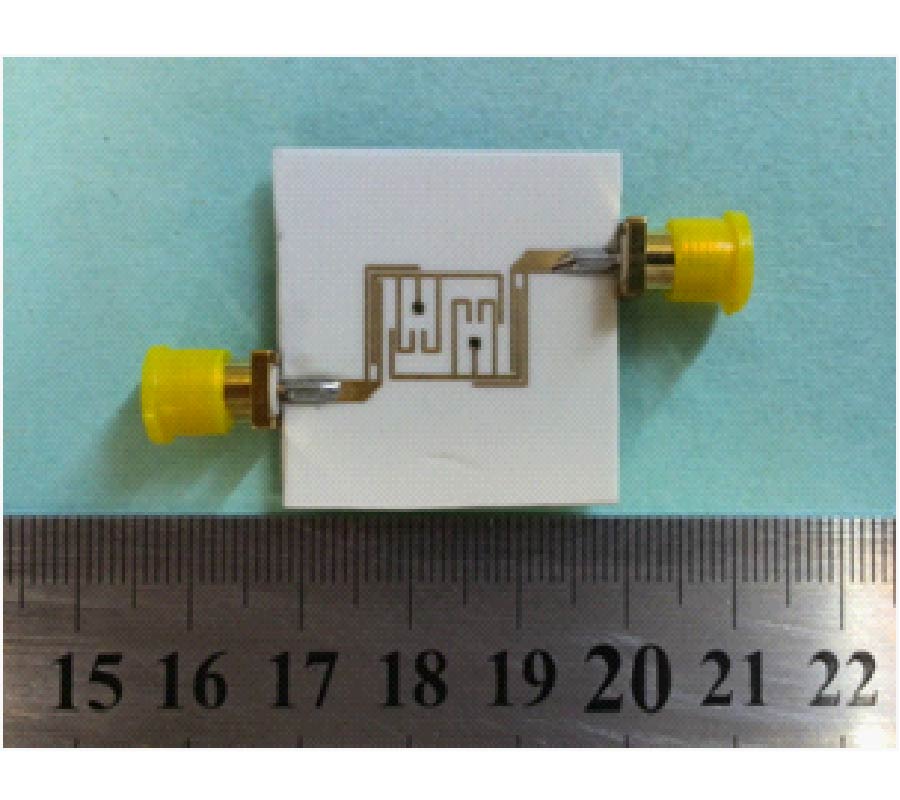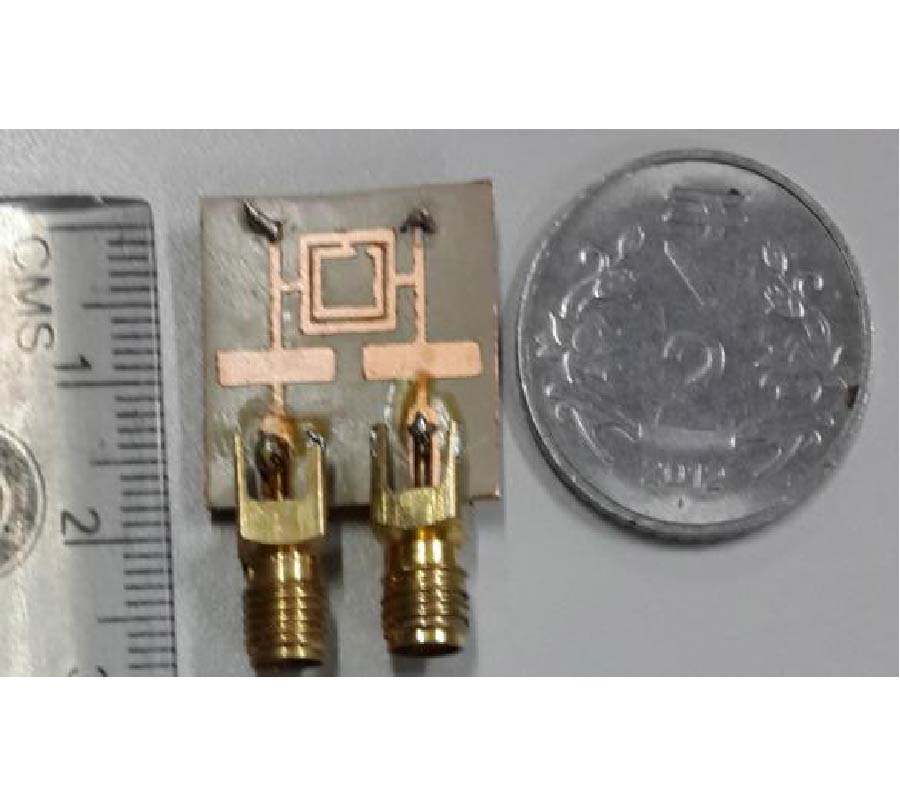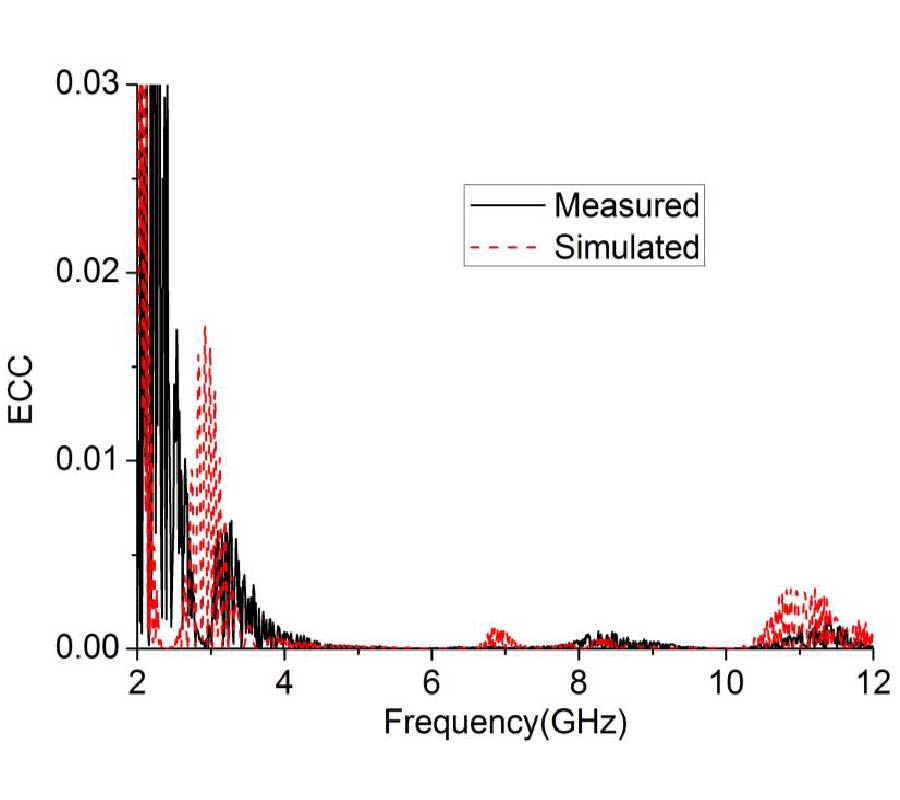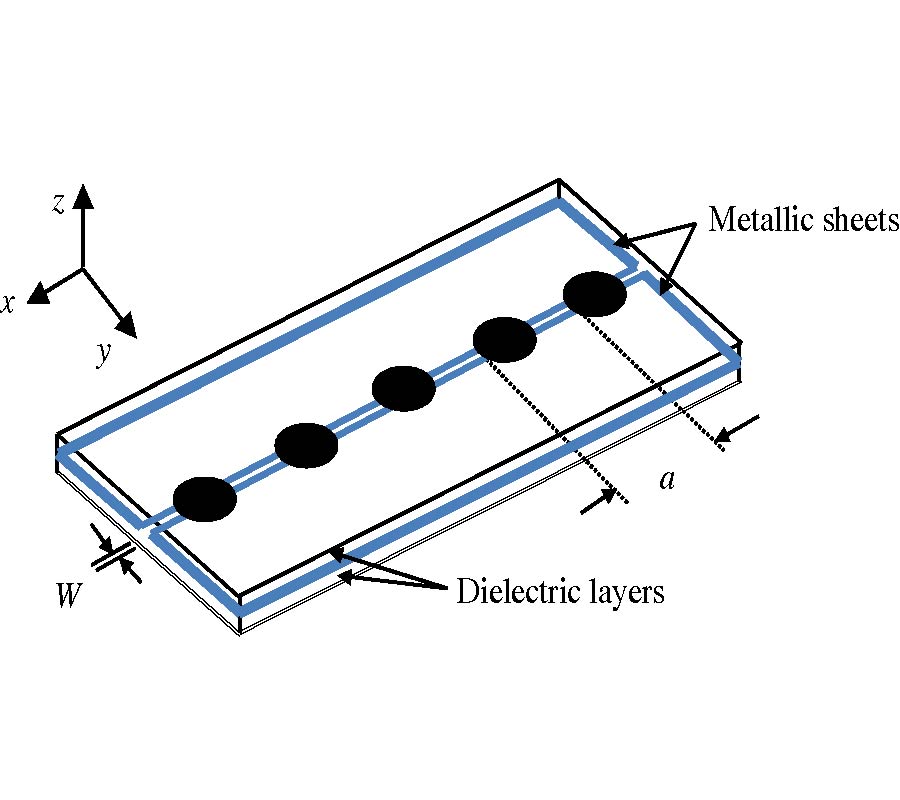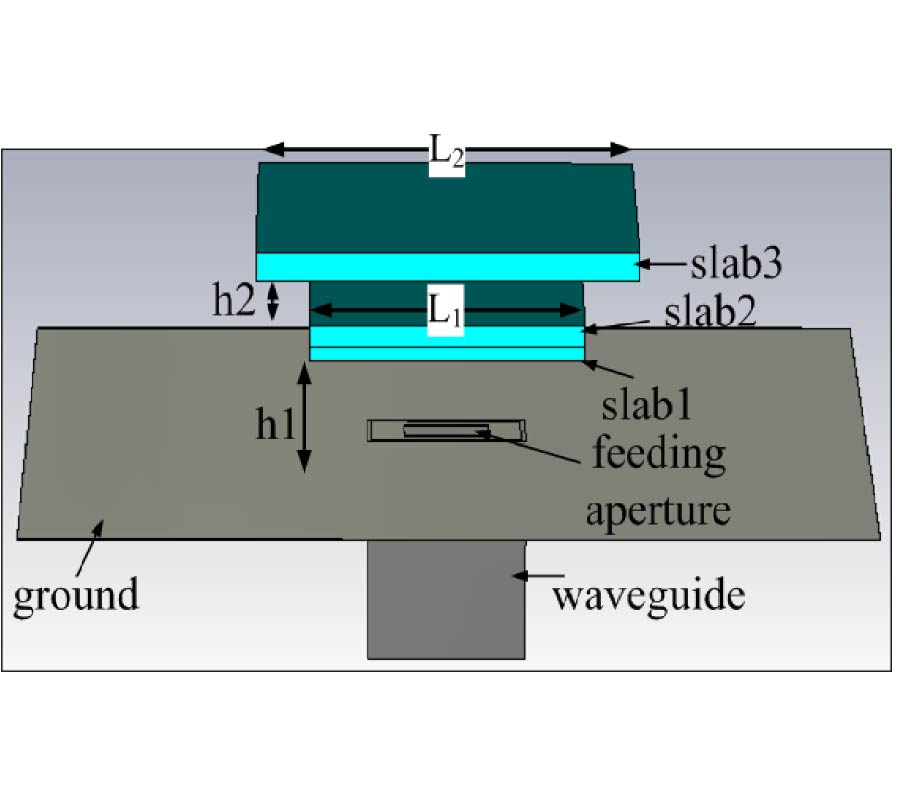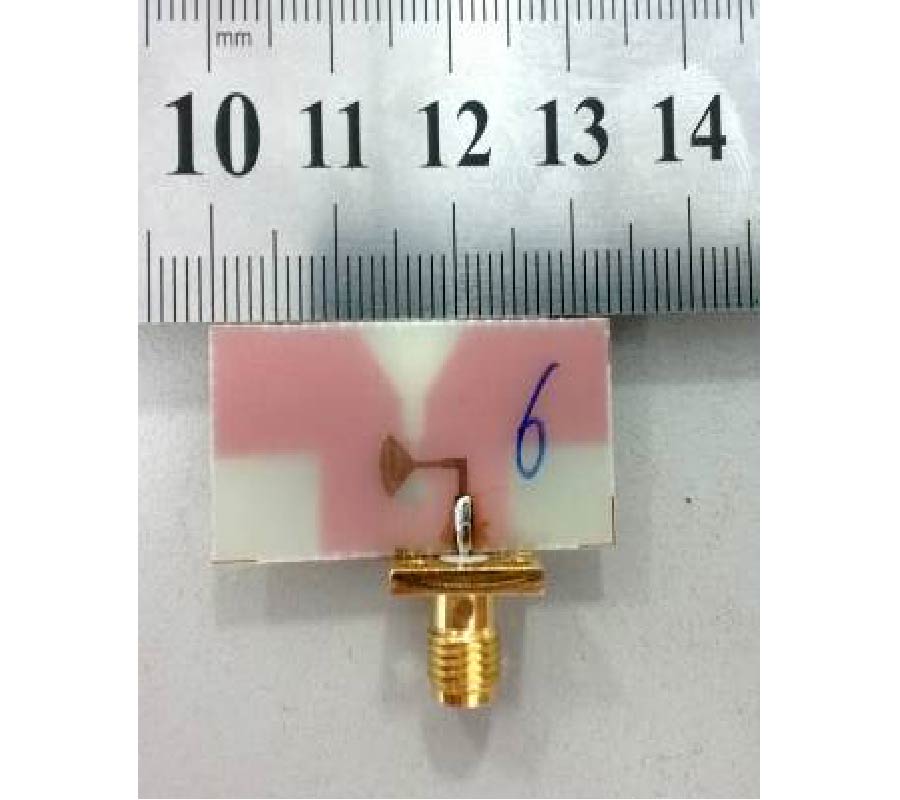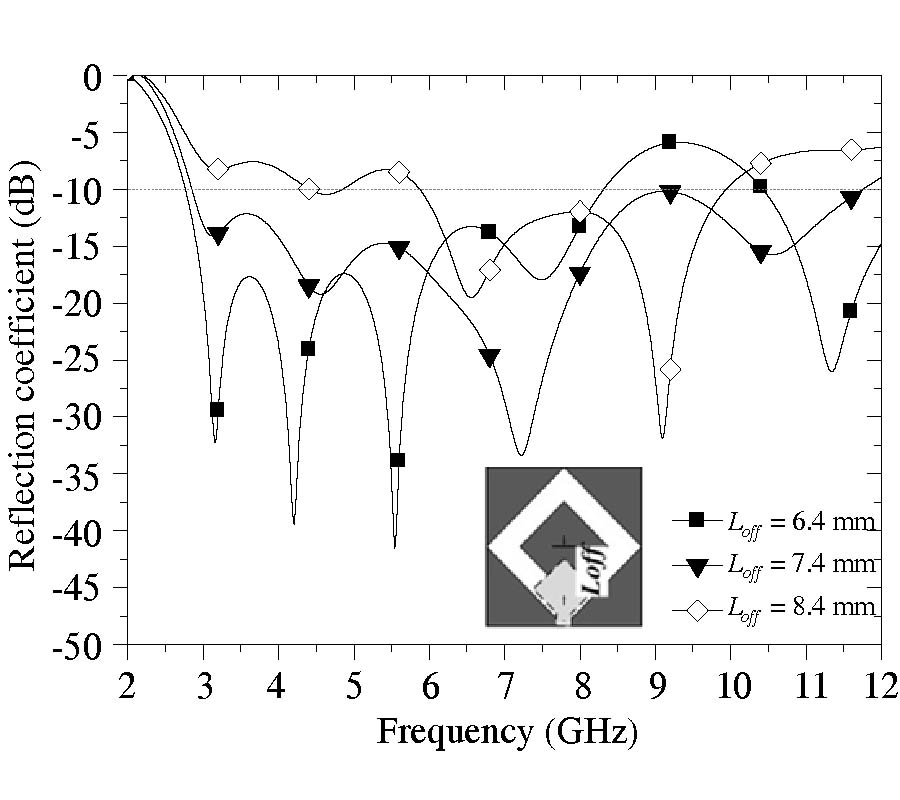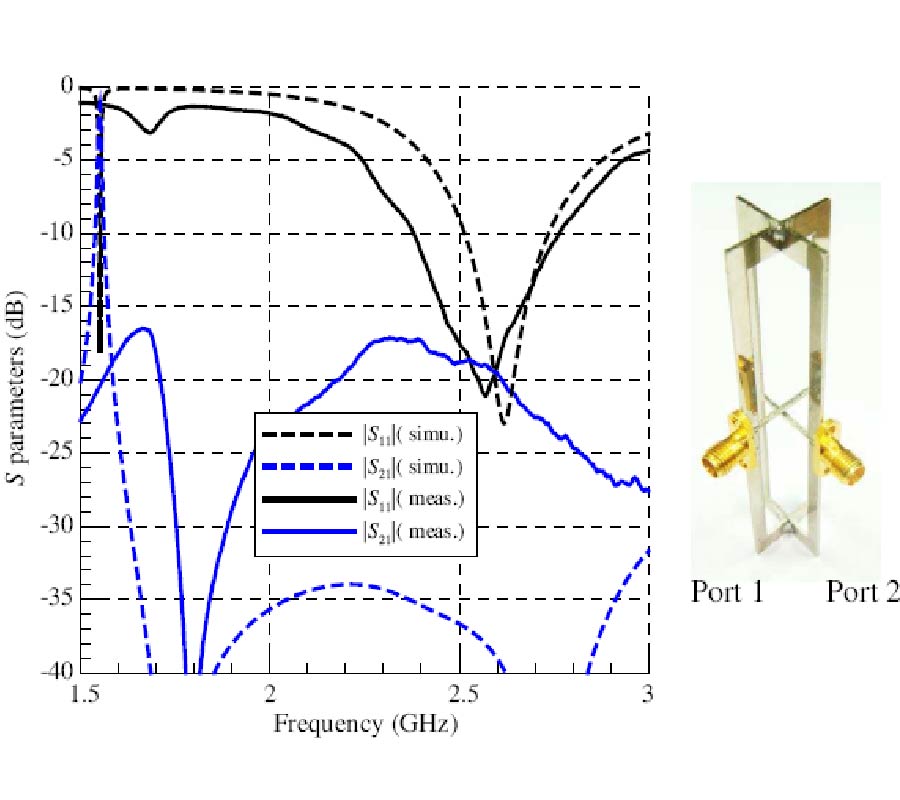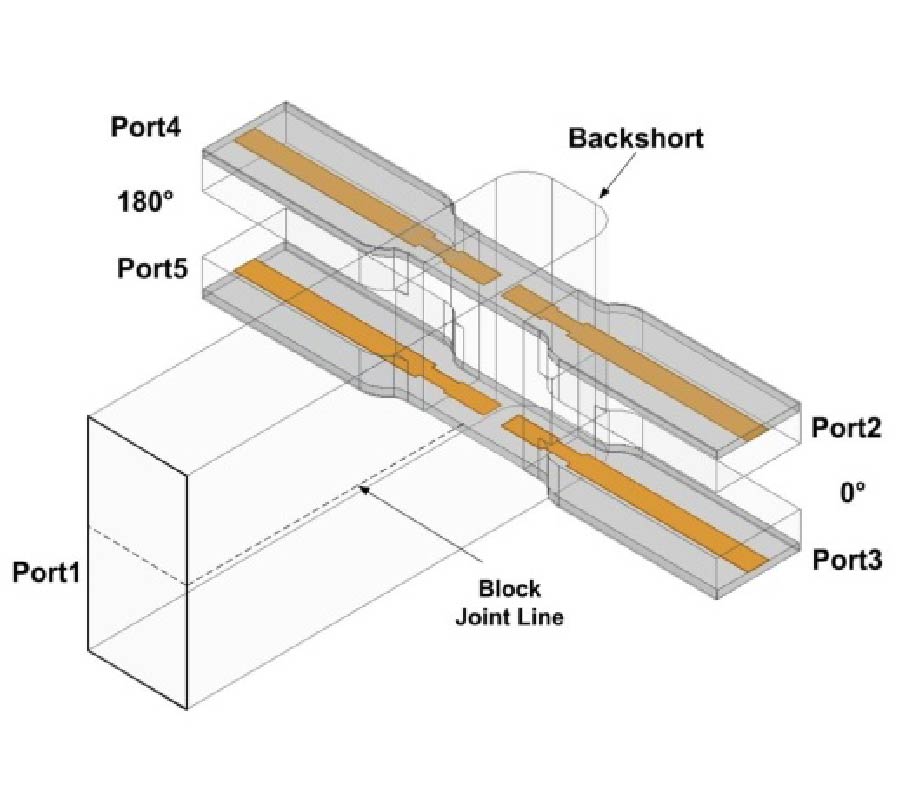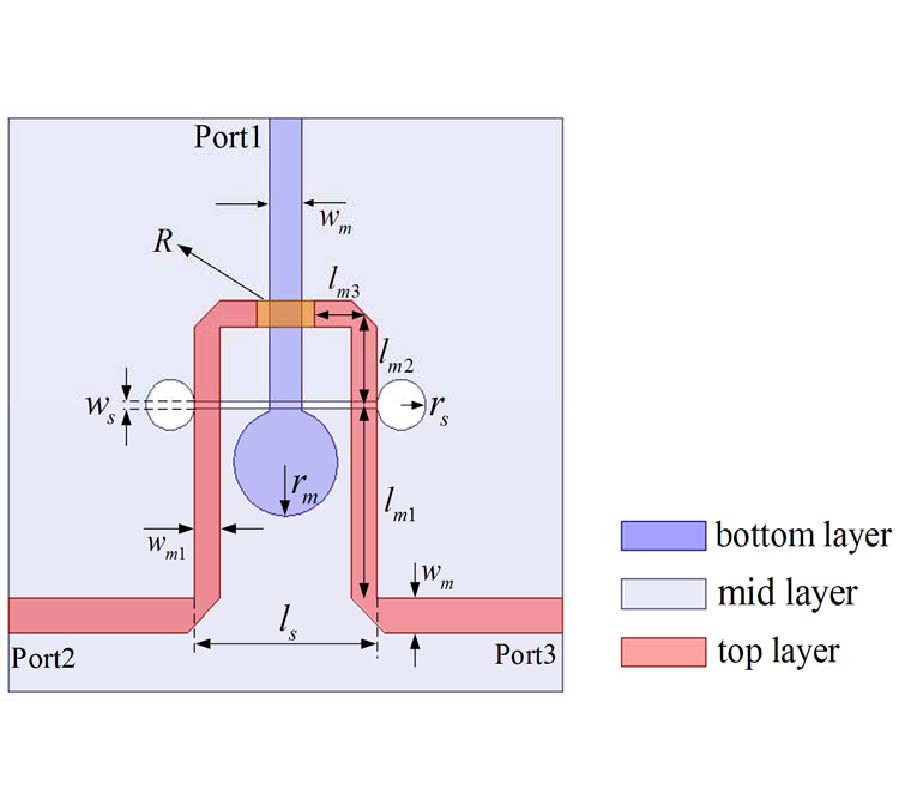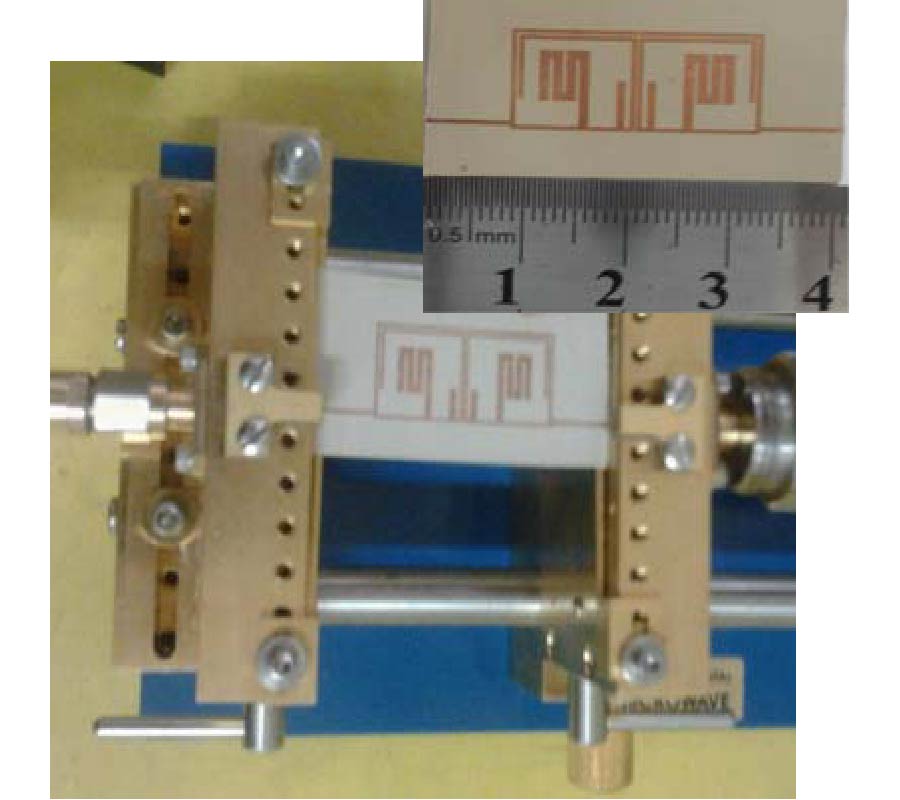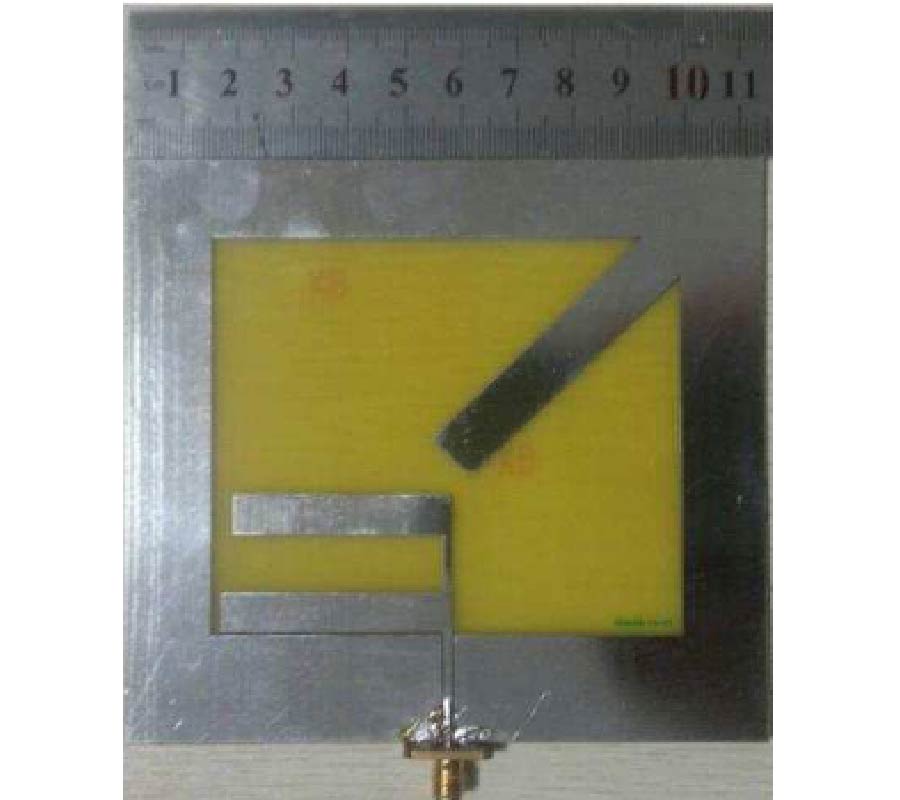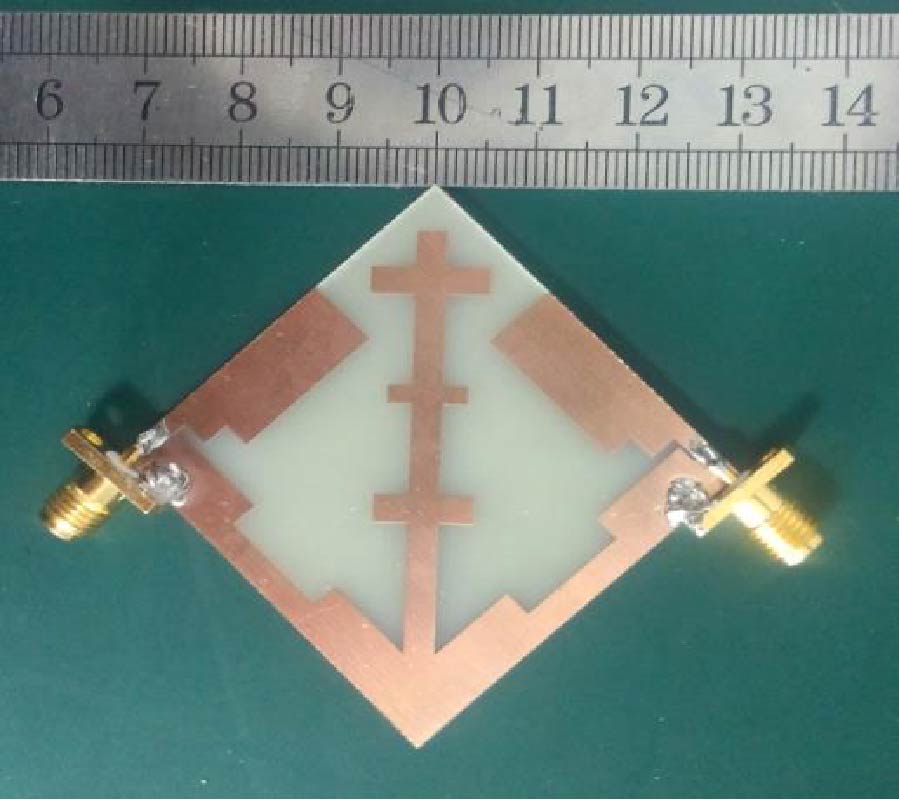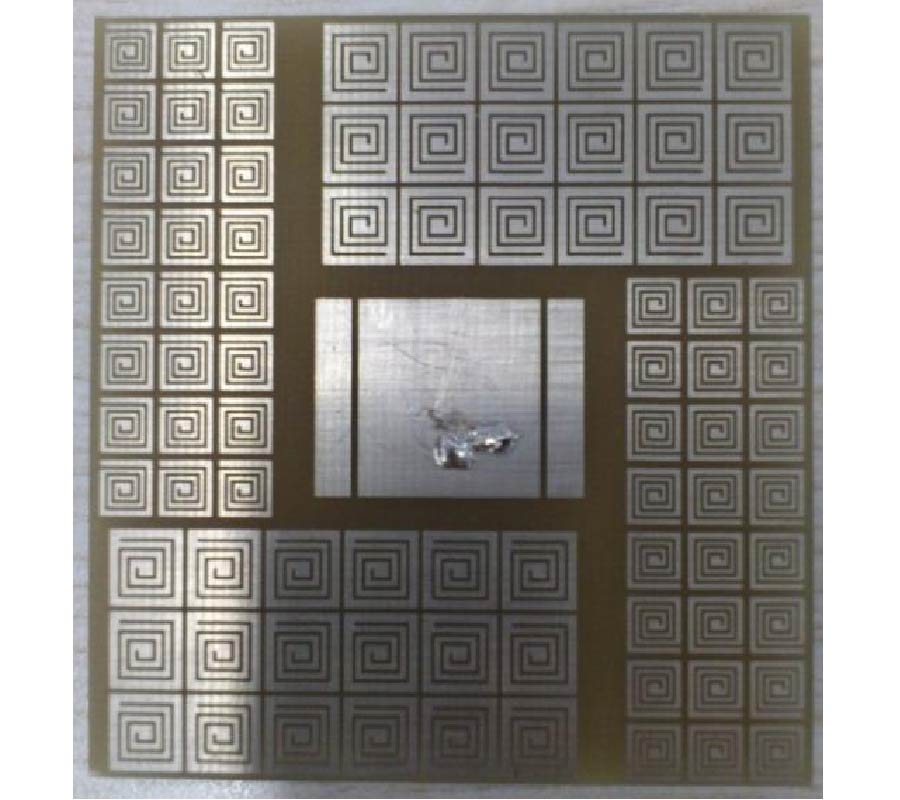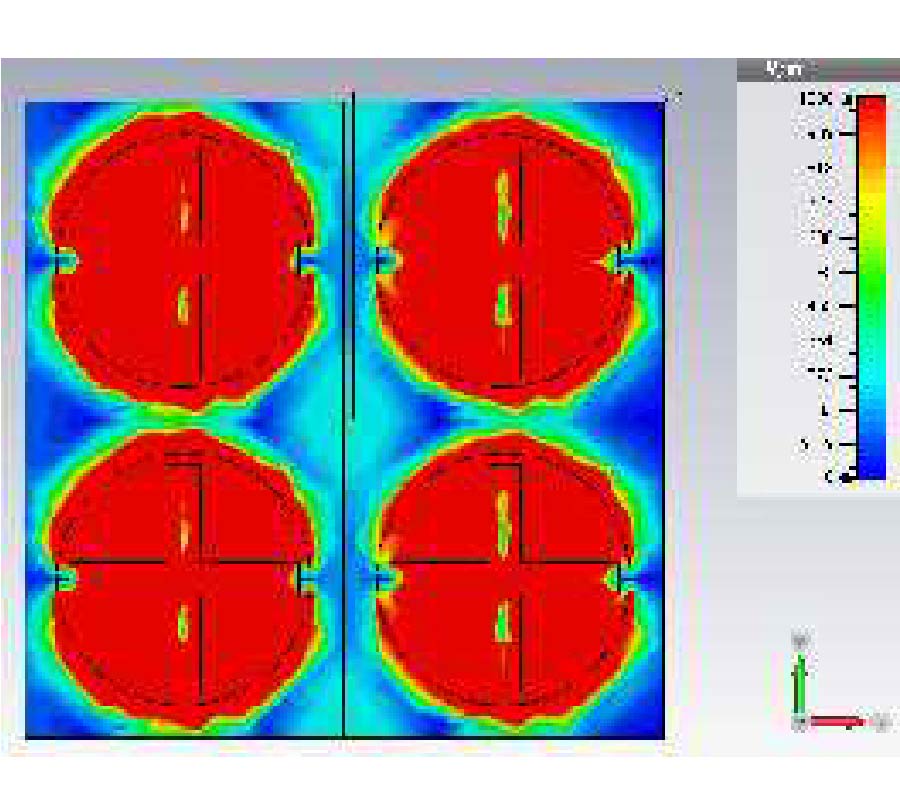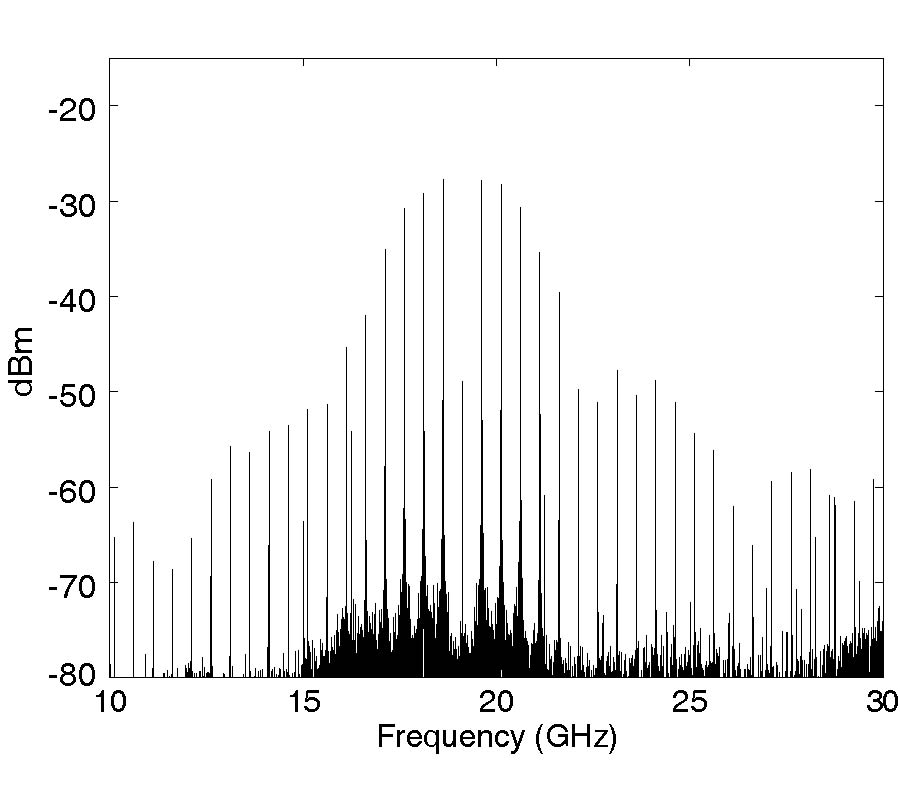Novel Compact Tri-Band Bandpass Filter Using Multi-Stub-Loaded Resonator
Li Gao,
Jun Xiang and
Quan Xue
In this paper, a compact tri-band bandpass filter (BPF) using multi-stub-loaded resonator with controllable frequencies is presented. The multi-stub-loaded resonator consists of a main transmission line, two open stubs and a short stub. Characterized by using even- and odd-mode analysis, it is found that the resonator consists three modes, and the modes can be controlled individually, which enables convenient designs of tri-band BPFs. To demonstrate the proposed idea, a tri-band BPF with operating frequencies of 2.45, 3.8 and 5.15 GHz is implemented. Five transmission zeros are generated near the passband edges, resulting in high skirt selectivity. The total size of the filter is 0.19λg × 0.13λg, featuring compact size. The comparisons of the measured and simulated results are presented to validate the theoretical predications.
